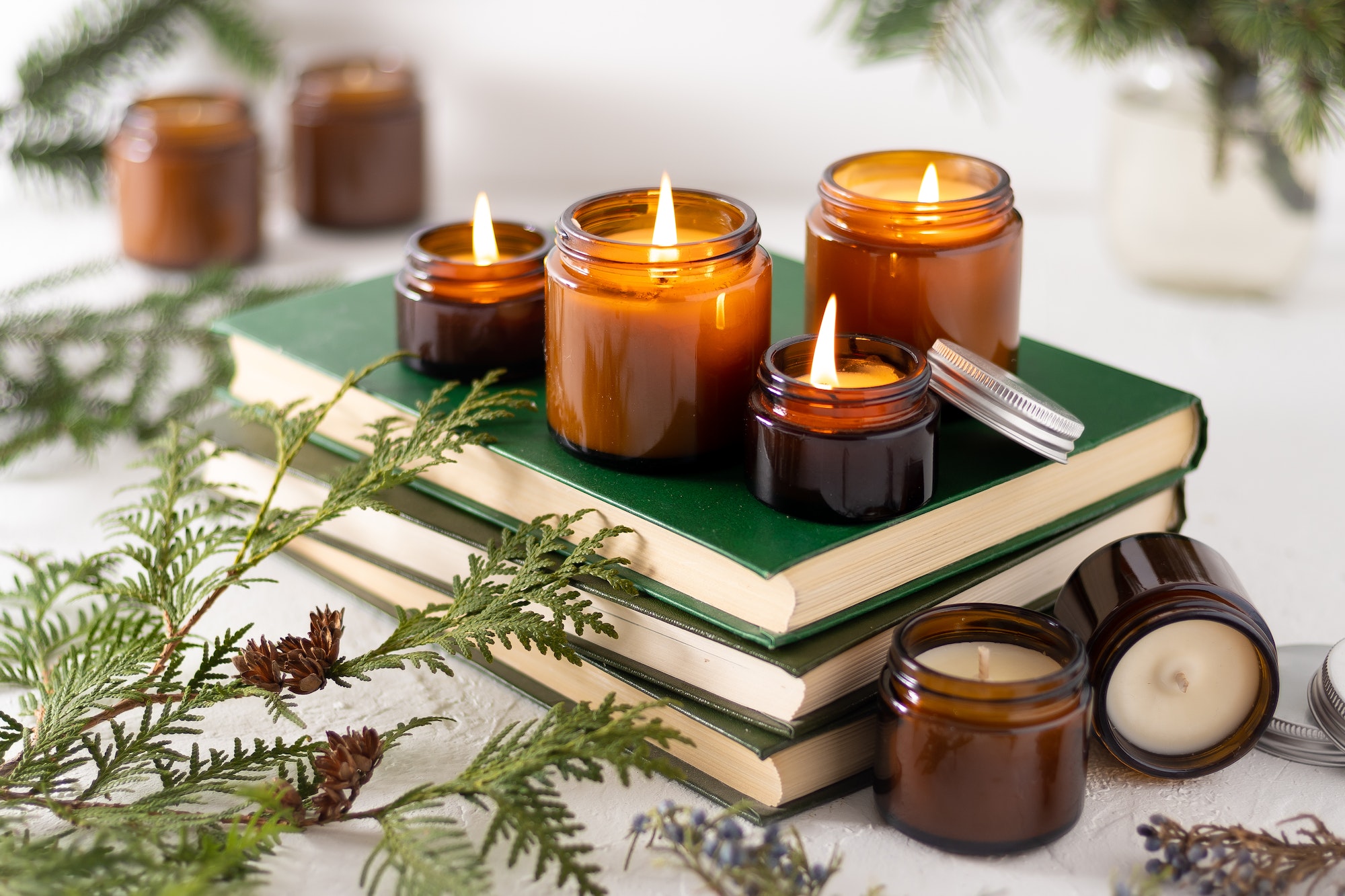Candle making is a popular craft that many people enjoy as a hobby or even as a small business. One of the most important aspects of making candles is choosing the right wick size. A candle’s wick is responsible for delivering fuel (wax) to the flame, which in turn produces light and fragrance. If you choose the wrong wick size for your candle, it can lead to various issues such as tunneling or a weak flame. In this article, we will discuss how to choose the correct wick size for your candle and troubleshoot some common candle making issues.
Wick Issues: Tunneling and Weak Flames
Tunneling occurs when the candle burns down the middle, leaving a ring of unburned wax around the edges. This not only wastes wax but also affects the overall performance and aesthetics of the candle. A weak flame, on the other hand, can cause poor scent throw and an uneven burn. Both tunneling and weak flames are often caused by using a wick that is too small for the candle’s diameter.
To avoid these issues, it’s essential to choose the correct wick size based on the diameter of your candle. As a general rule, larger candles require thicker wicks, while smaller candles need thinner wicks.
How to Choose the Correct Wick Size
- Determine the diameter of your candle: Measure the widest part of your candle container or mold. This measurement will help you determine the appropriate wick size.
- Refer to a wick size chart: Many candle supply stores provide wick size charts that suggest appropriate wick sizes based on the diameter of your candle. These charts are helpful starting points but may not be entirely accurate for every type of wax or fragrance oil combination.
- Consider your wax type: Different types of wax have different melting points and characteristics, which can affect how well a particular wick size works. For example, soy wax typically requires a larger wick than paraffin wax because it has a lower melting point and is softer.
- Take fragrance oils and additives into account: If you’re adding fragrance oils or other additives to your candle, you may need to adjust the wick size accordingly. Some fragrance oils can cause the wax to burn faster, requiring a larger wick, while others may clog the wick and require a smaller size.
- Test burn your candles: The most accurate way to determine if you’ve chosen the right wick size is to test burn your candles. Light the candle and let it burn for at least two hours, observing how well it burns and whether any tunneling or weak flames occur. If necessary, adjust the wick size and test again until you achieve optimal results.
Troubleshooting Common Candle Making Issues
- Mushrooming: If your candle’s wick forms a mushroom shape at the top after burning, it may be too large for your candle. Try using a smaller wick size or trimming the wick before each use.
- Excessive soot: Soot can be caused by a wick that is too large or not properly trimmed. Ensure you’re using the correct wick size and keep the wick trimmed to 1/4 inch before each burn.
- Uneven coloration: If your colored candles have an uneven or mottled appearance, it may be due to the type of wax used or the temperature at which it was poured. Experiment with different pouring temperatures or try using a different type of wax for more consistent results.
- Cracking or shrinking: Candles that crack or shrink as they cool may be due to rapid cooling or temperature fluctuations during the cooling process. Allow your candles to cool slowly in a draft-free area and avoid moving them during this time.
By choosing the correct wick size and troubleshooting common candle making issues, you can ensure that your candles burn beautifully and efficiently. With a bit of practice and experimentation, you’ll be able to create stunning, high-quality candles that you can enjoy or share as thoughtful handmade gifts.


